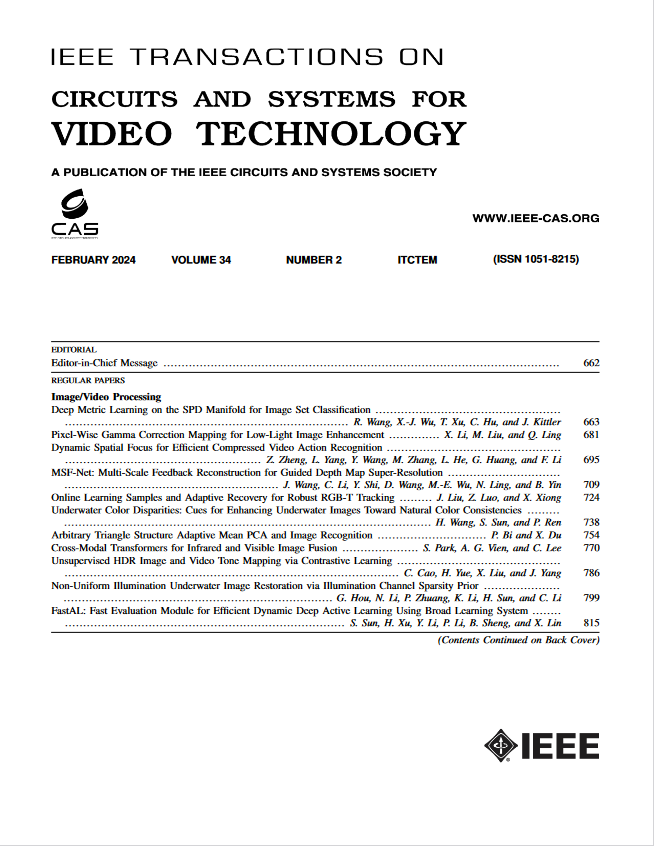ZeroPose: CAD-Prompted Zero-Shot Object 6D Pose Estimation in Cluttered Scenes
IF 8.3
1区 工程技术
Q1 ENGINEERING, ELECTRICAL & ELECTRONIC
IEEE Transactions on Circuits and Systems for Video Technology
Pub Date : 2024-10-17
DOI:10.1109/TCSVT.2024.3482439
引用次数: 0
Abstract
Many robotics and industry applications have a high demand for the capability to estimate the 6D pose of novel objects from the cluttered scene. However, existing classic pose estimation methods are object-specific, which can only handle the specific objects seen during training. When applied to a novel object, these methods necessitate a cumbersome onboarding process, which involves extensive dataset preparation and model retraining. The extensive duration and resource consumption of onboarding limit their practicality in real-world applications In this paper, we introduce ZeroPose, a novel zero-shot framework that performs pose estimation following a Discovery-Orientation-Registration (DOR) inference pipeline. This framework generalizes to novel objects without requiring model retraining. Given the CAD model of a novel object, ZeroPose enables in seconds onboarding time to extract visual and geometric embeddings from the CAD model as a prompt. With the prompting of the above embeddings, DOR can discover all related instances and estimate their 6D poses without additional human interaction or presupposing scene conditions. Compared with existing zero-shot methods solved by the render-and-compare paradigm, the DOR pipeline formulates the object pose estimation into a feature-matching problem, which avoids time-consuming online rendering and improves efficiency. Experimental results on the seven datasets show that ZeroPose as a zero-shot method achieves comparable performance with object-specific training methods and outperforms the state-of-the-art zero-shot method with 50x inference speed improvement.求助全文
约1分钟内获得全文
求助全文
来源期刊
CiteScore
13.80
自引率
27.40%
发文量
660
审稿时长
5 months
期刊介绍:
The IEEE Transactions on Circuits and Systems for Video Technology (TCSVT) is dedicated to covering all aspects of video technologies from a circuits and systems perspective. We encourage submissions of general, theoretical, and application-oriented papers related to image and video acquisition, representation, presentation, and display. Additionally, we welcome contributions in areas such as processing, filtering, and transforms; analysis and synthesis; learning and understanding; compression, transmission, communication, and networking; as well as storage, retrieval, indexing, and search. Furthermore, papers focusing on hardware and software design and implementation are highly valued. Join us in advancing the field of video technology through innovative research and insights.

 求助内容:
求助内容: 应助结果提醒方式:
应助结果提醒方式:


